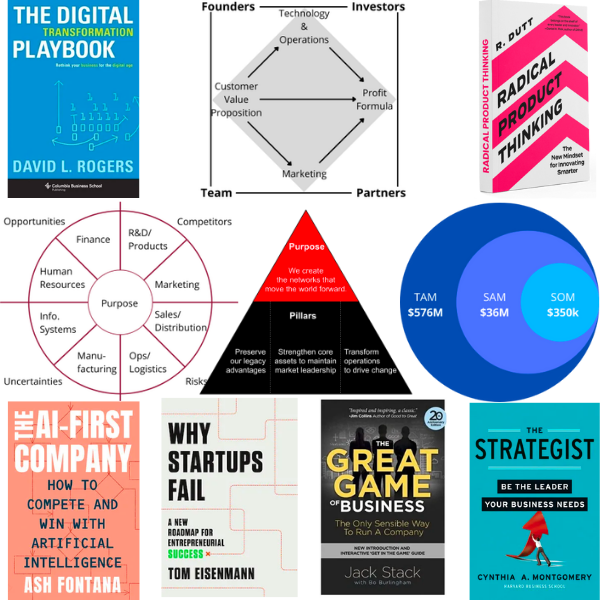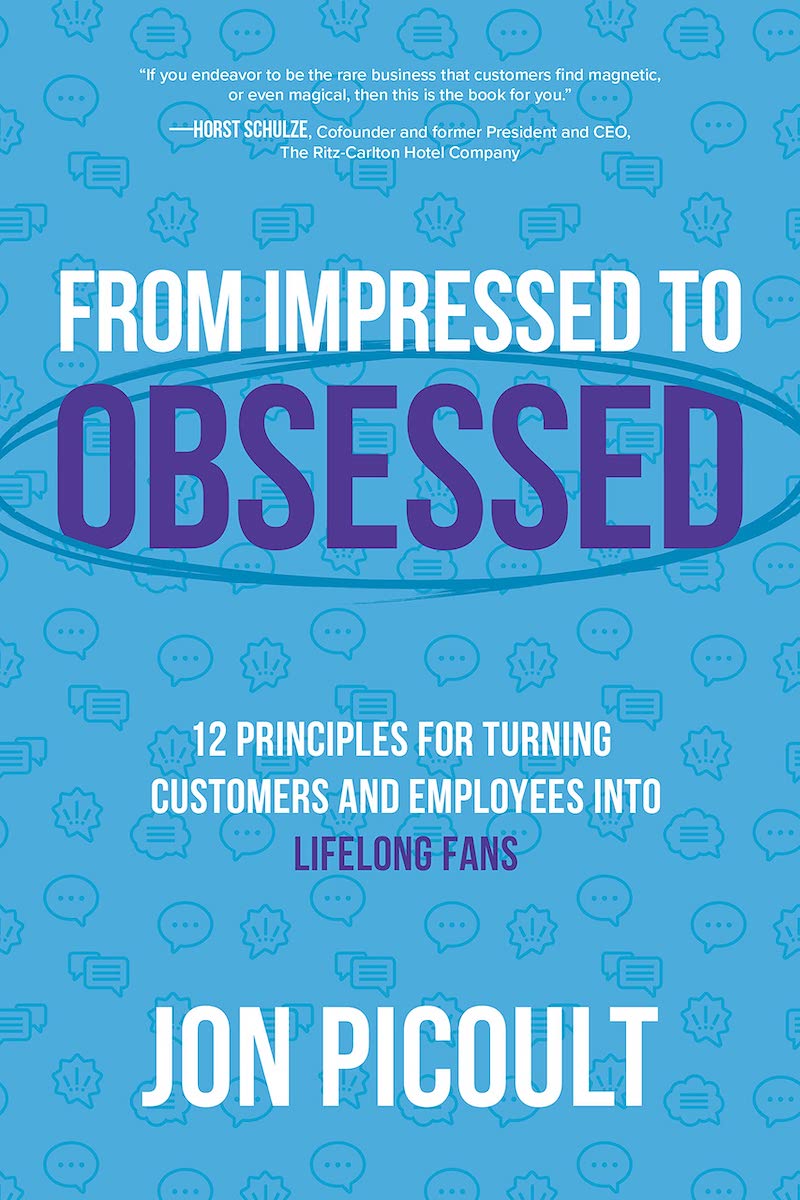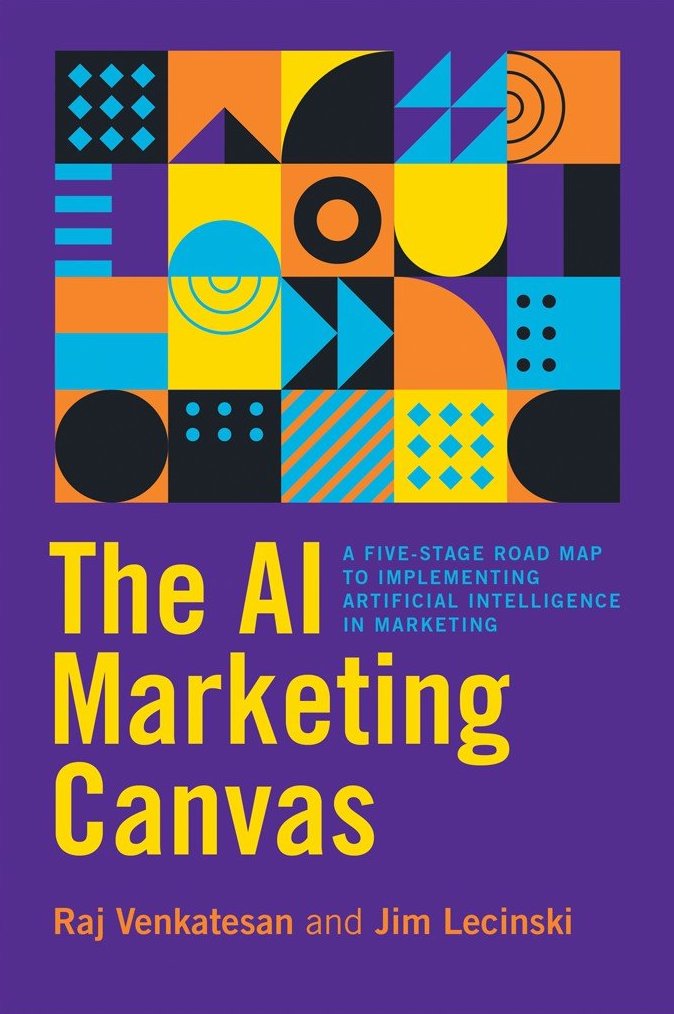What You’ve Cared About in 2021
The tagline for the ClearPurpose publication is “Tools and Tales for Sound Strategies” and most stories fall in one of four categories: Tools, Tales, Tutorials, and Books. It’s always interesting to me to see which stories actually gain traction with you, my readers, so I thought I would share with you the 10 stories from ClearPurpose that received the most attention in 2021.
This past year I wrote and published 66 articles. The category with the most articles (about 42%) was Tales, with most of those articles being a walkthrough of the strategic startup journey of SDG Games. About 30% of the articles were about Books, and about 14% each were on Tools and Tutorials. When looking at the top 10 articles, the mix shifts significantly towards Book reviews (50%), with none being Tutorials, and the rest being split between Tools (30%) and Tales (20%).
With those summary stats out of the way, let’s dig into the actual top 10 articles:
#10: The Customer Network Strategy Generator
The Customer Network Strategy Generator is like a pilot’s pre-flight checklist, walking a strategist through the steps necessary to develop winning customer-facing strategies in this new digital age. By following this process, you will have the best chance of identifying concepts that are worth pursuing because they can have a meaningful impact on the things that matter to your business.
#9: Book Brief: The AI-First Company
Ash Fontana is a managing director of Zetta Venture Partners, an investment fund focused on AI. In The AI-First Company he draws upon the lessons he’s learned through the companies he’s invested in and worked with to share a very broad array of observations about how companies should think about, leverage, and manage data and artificial intelligence.
#8: Book Brief: Why Startups Fail
Why Startups Fail has become one of my favorite books to recommend to entrepreneurs. The first third of the book covers the decisions that early stage startups face and the three patterns that lead to failure during that phase. The second third covers the decisions that scaling startups face and the associated failure patterns. The final section of the book deals with the challenges founders of failing startups face, both in the wind-down and beyond. As an entrepreneur, wherever you are in that journey, this book has valuable lessons for you.
#7: Why Verizon Failed As A Media Company
Verizon has confirmed the rumors. They are selling Verizon Media, the collection of assets anchored by Yahoo and AOL that the company had acquired in 2015–2017. They are getting $4.5B for 90% of the combined business. They spent nearly $10B to acquire them in the first place. And yet, this is a win for the company.
#6: How Big is the SDG Games Market?
A common way that startups explain market sizing to potential investors is by talking about it at three levels: Total Addressable Market (TAM), Serviceable Addressable Market (SAM), and Serviceable Obtainable Market (SOM).
#5: The Strategy Wheel
In The Strategist, author Cynthia Montgomery introduces the Strategy Wheel as a framework that visualizes and records how a system of value creation supports an organization’s purpose. The Strategy Wheel presents a holistic view of the business in one picture showing how all the parts of the business are strategically aligned. With a few minor tweaks, I think this tool can be a great way for a business leader to “keep their eye” on all aspects of strategy execution.
#4: Book Brief: The Great Game of Business
The Great Game of Business is an enjoyable book with ideas that any manager can implement to some extent. I like the authors’ folksy writing style. I feel like I was having a conversation with Jack Stack about his business. I really enjoy reading the stories of businesses as they work through critical moments and The Great Game of Business is full of those stories. I appreciate the frameworks and lists that provide structure to the lessons being shared.
#3: Book Brief: The Strategist
Cynthia Montgomery taught the strategy unit of Harvard’s Entrepreneur, Owner, President (EOP) program for five years. The Strategist summarizes the lessons she taught, and the lessons she learned, in this program. Her starting thesis is that leaders need to be strategists and she then walks through the fundamental components of what it takes to lead your organization strategically. Throughout, she uses many relevant and engaging stories to prove her points and to provide examples for how to be strategic.
#2: Book Brief: Radical Product Thinking
In Radical Product Thinking Radhika Dutt has provided a thoughtful new perspective on innovation and entrepreneurship that should help leaders take a vision-driven approach that can more effectively and consistently impact the world in the ways that they intend. She champions a vision-driven approach to product development and management, so she starts with how to articulate and document the vision you have for improving the world in a way that then impacts all other areas of innovation and operations.
#1: The Diamond-and-Square Framework
In Why Startups Fail, Tom Eisenmann introduces the Diamond-and-Square (DaS) framework. Like the Business Model Canvas (BMC), the DaS represents the value proposition, the marketing activities that drive customer acquisition and retention, and the technology and operations (resources and activities) that all translate into the revenues and costs that feed a profit formula.
Let me know if there are any particular articles you’d like to see in ClearPurpose in 2022!
What You’ve Cared About in 2021 Read More »






